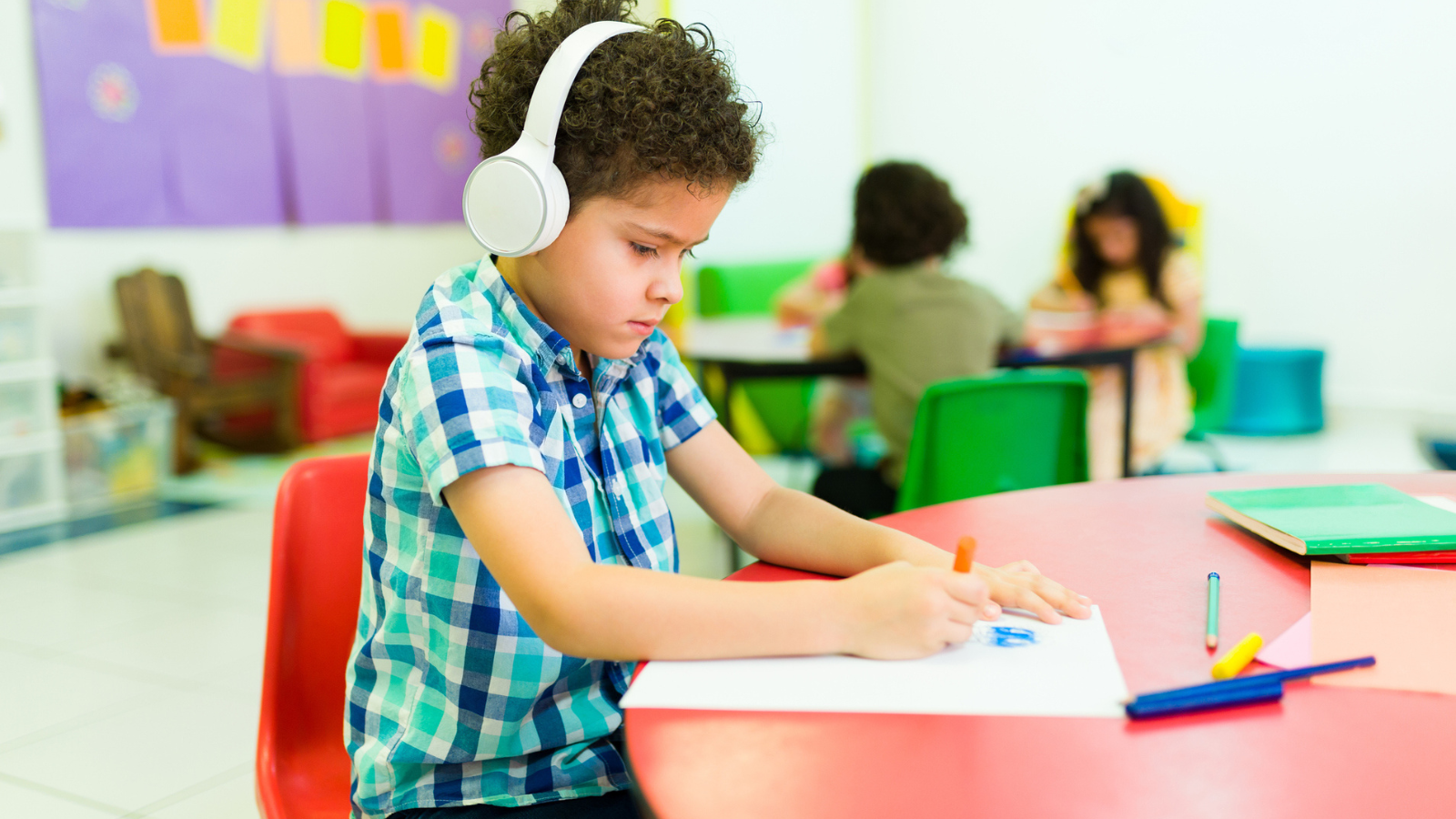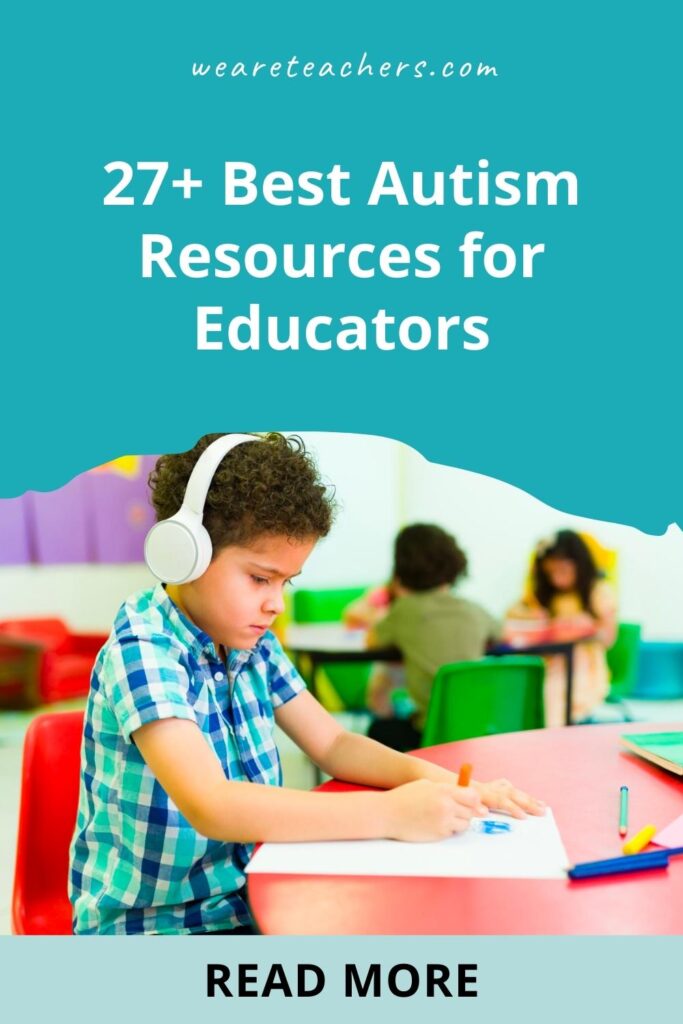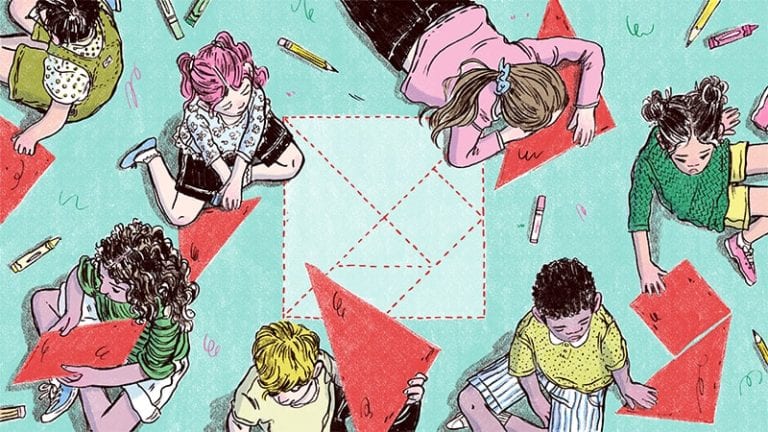In 2020, the CDC updated its data about autism. According to the CDC, about 1 in 36 children has been identified with autism spectrum disorder (ASD). Autism is reported across racial, ethnic, and socioeconomic groups.
Autistic students have challenges with social interaction and communication, as well as restricted or repetitive patterns of behaviors, interests, or activities. This means that autistic kids may need support with communication, including conversation and understanding social cues. They may need strategies to manage sensitivities to sound or light, or they may need accommodations around their repetitive behaviors. However, even with some shared broad characteristics, each autistic student is unique and will bring their own strengths and contributions to your classroom.
We are always updating our knowledge of autism and how to best teach autistic kids. These resources can help you understand autism, how it impacts your students, and what it means for your teaching.
Note: In writing this article, our team used identity-first language since it is most commonly preferred by the autistic community. We also sought out resources by organizations that are led and supported by autistic individuals. If the organization we mention is led by autistic individuals, we have included asterisks (**) to let you know!
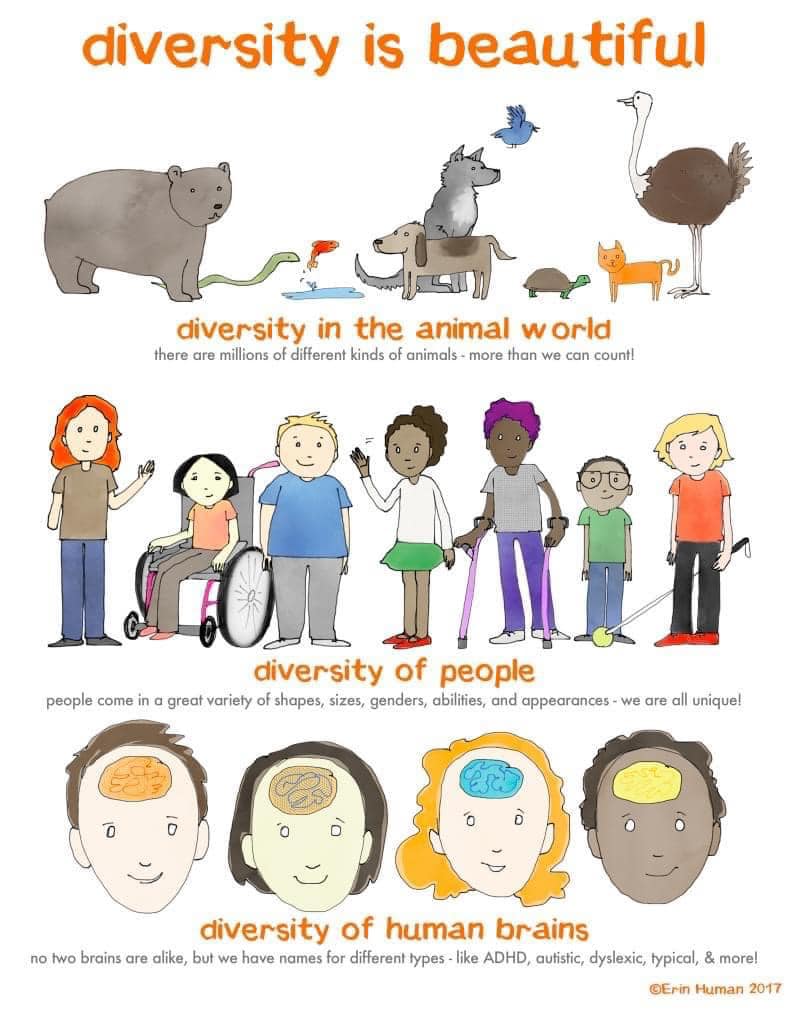
Image: Erin Human @Facebook
Jump to:
- Resources for Learning About Autism
- Autism Books for Teachers and Classrooms
- Autism Tools and Strategies for the Classroom
Resources for Learning About Autism
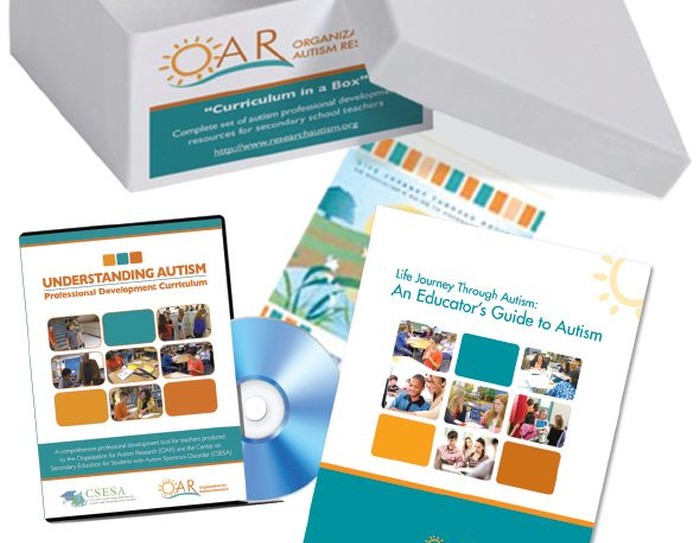
Effective teaching for autistic children requires knowledge of ASD and how it can impact a child’s experience in school. These resources provide background knowledge about ASD and what it means for students.
OAR Autism Curriculum in a Box
The Organization for Autism Research** offers a variety of teacher tools and resources, but we’re most impressed by the robust Curriculum in a Box. All the materials are available online, but they’ll also send you a free hard copy. You get a fully scripted professional-development presentation with videos, slides, and notes. It also includes a training manual, two Life Journey Through Autism guidebooks, and an educator’s reference sheet.
7 Things Your Students With Autism Wish You Knew About Them
Find out what these kids want you to know from a longtime SPED teacher who not only works with autistic students but also has an autistic spouse. One important tip: “Just because they’re not looking at you doesn’t mean they’re not listening.” See them all at the link.
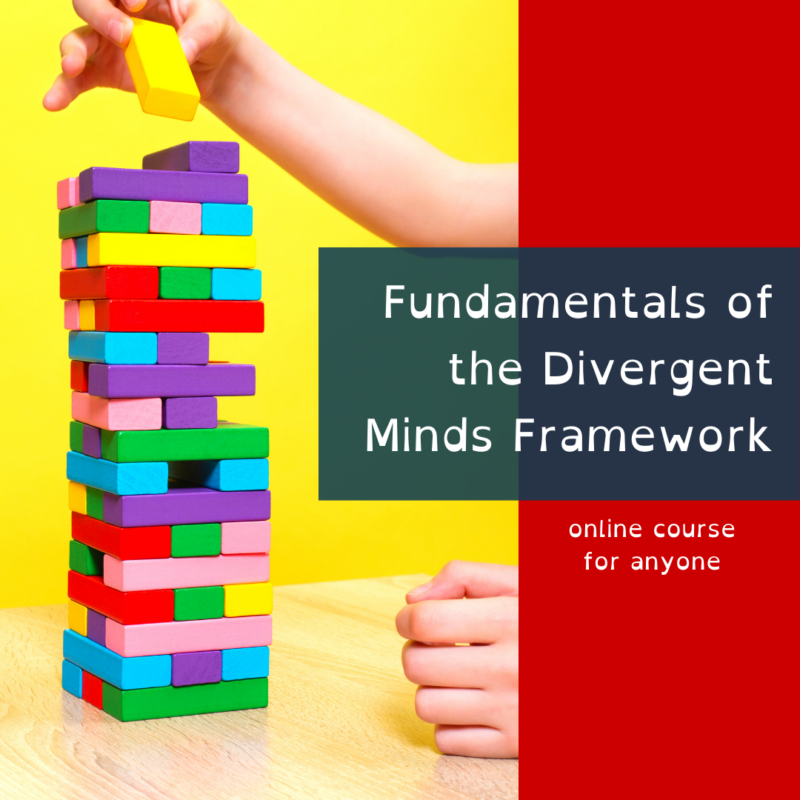
Image: Foundations for Divergent Minds
Fundamentals of Divergent Minds
Foundations for Divergent Minds** provides an online course (Fundamentals of Divergent Minds) aimed at teaching you how to support autistic and neurodivergent learners. (Cost: $75).

Image: Autism Tuned In
Autism Tuned In
Here’s another resource for learning about autism from OAR. This one’s meant for teaching students about their autistic peers. The videos and online games are fun and interactive and make excellent SEL activities.
AWN Welcome Packet
The Autistic Women & Nonbinary Network** welcome packet has information and resources aimed at parents of newly diagnosed autistic kids, but the information is relevant for all of us. We appreciate the practical, grounded advice around how to understand and talk about an autism diagnosis and what it means for kids and families.
Communication FIRST
Communication FIRST is committed to advancing the civil rights of people who cannot rely on speech alone to be understood. Some autistic students will use an AAC (Augmented and Assistive Communication) device or nonverbal methods to communicate. Check out their See Us Hear Us film series to learn more about the methods people use to communicate.
It’s also helpful to know where not to look for autism information. Here is a post from the Thinking Person’s Guide to Autism about the websites to follow and those to avoid.
Teaching children with autism effectively requires a strong understanding of the condition itself. These autism resources for teachers provide the background knowledge you need to help these students do their best.
Autism Books for Teachers and Classrooms
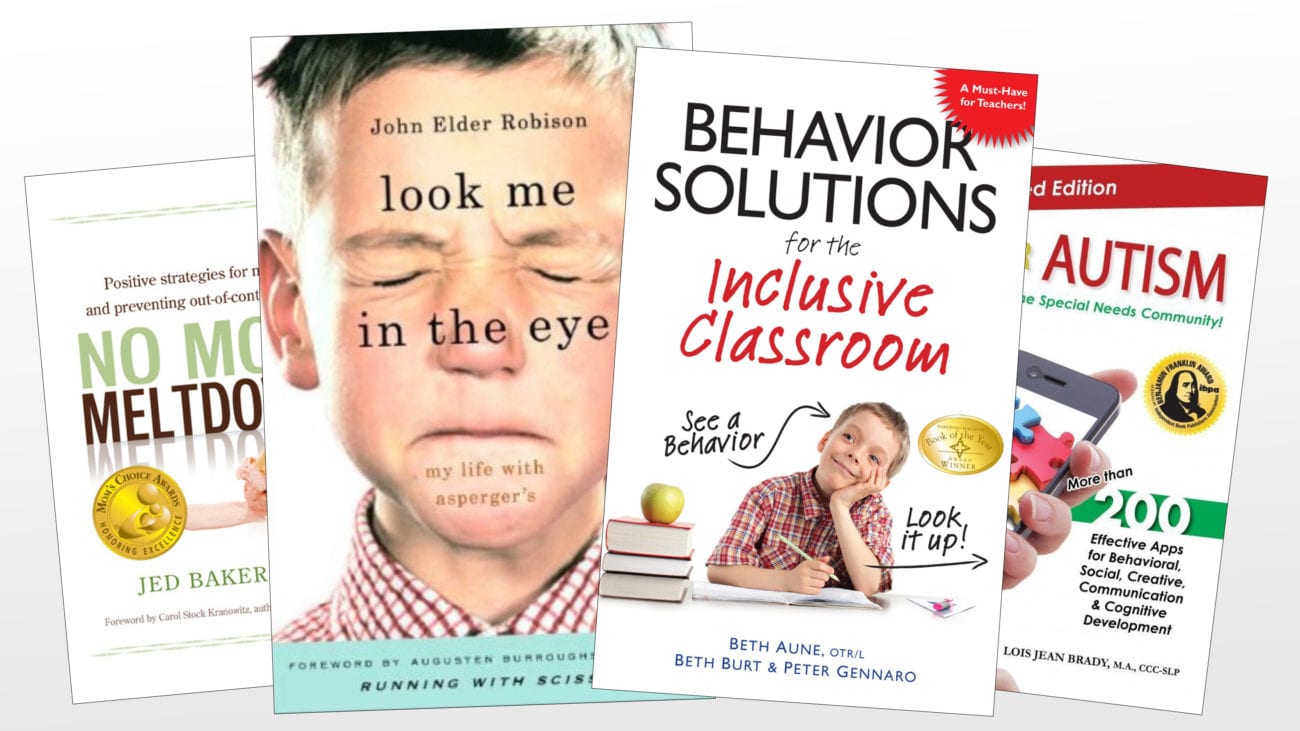
Whether you want to build a resource library for yourself or your school or find meaningful ways to share the stories of neurodivergent kids with your students, these book lists have what you’re looking for.
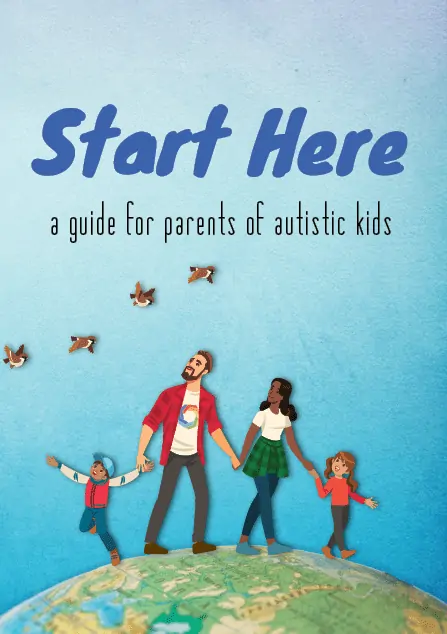
Start Here: A Guide for Parents of Autistic Kids
This title from the Autistic Self-Advocacy Network** is aimed at parents, but the messages and information can help teachers understand how to talk about and advocate for autistic kids as well. In particular, the title directly addresses misconceptions and myths about autism from the autistic perspective.
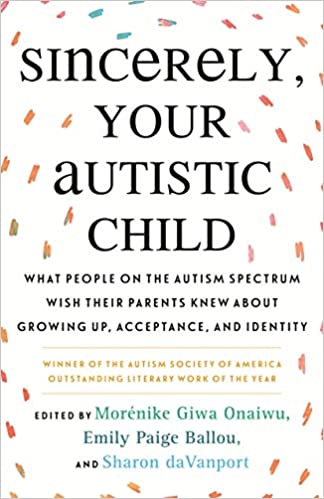
Sincerely, Your Autistic Child by Morénike Giwa Onaiwu, Emily Paige Ballou, and Sharon daVanport
This book is written for parents by autistic people. It’s an anthology of autistic voices that gives insight into the autistic experience of children and teens.
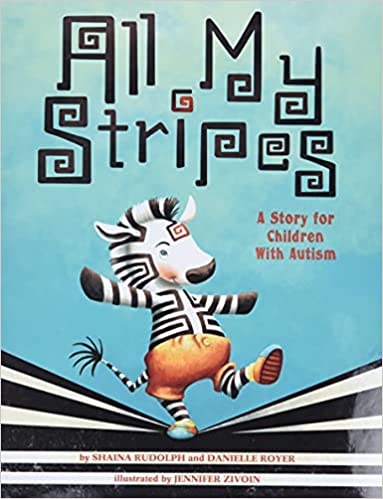
All My Stripes: A Story for Children With Autism by Shaina Rudolph and Danielle Royder
This picture book about Zane the Zebra, who always feels different, teaches kids about autism in a relatable way. It includes a reading guide in the back.
12 Essential Books for Teaching Kids With Autism
Use these for professional development, and build a resource library to refer back to throughout your teaching career. The list includes titles like Ellen Notbohm’s Ten Things Your Student With Autism Wishes You Knew and Carol Gray’s The New Social Story Book.
23 Books About Autistic Kids for All Students
Books about autistic kids are important for all classrooms. They let neurodivergent kids see themselves in literature, plus they help every student develop appreciation and empathy for various people’s strengths, personality traits, and challenges. This roundup has picture books like The Girl Who Thought in Pictures, middle grade reads like Get a Grip, Vivy Cohen! and young adult picks like When My Heart Joins the Thousand.
15 Books for Tweens That Celebrate Neurodiversity
Autism is one type of neurodiversity, and kids with autism may have other types as well. This collection of books explores the strengths and challenges of living with neurological differences. Find titles like Anything but Typical and Rain Reign.
Autism Tools and Strategies for the Classroom
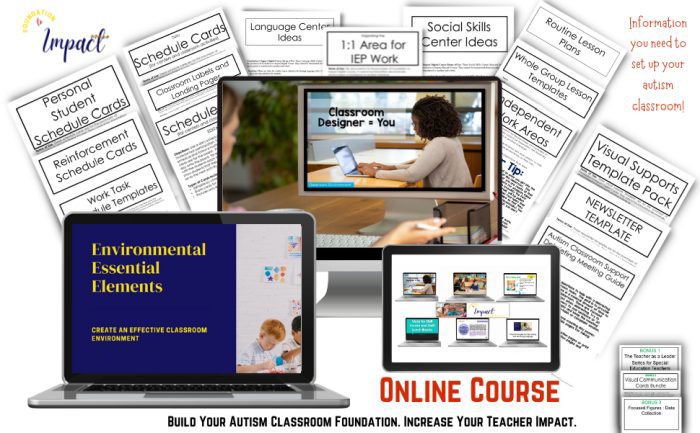
Source: AutismClassroom.com
Need ideas to help autistic kids succeed in school? Try these top resources.
NPDC Evidence-Based Practices
The National Professional Development Center on Autism Spectrum Disorder focuses on evidence-based practices to help those with autism succeed. They’ve identified the strategies and tools that are proven to work and created guides to understanding and implementing them. Tools include Differential Reinforcement, Social Skills Training, and dozens more.
NEA Teaching Students With Autism Guide
Produced by the National Education Association, this comprehensive printable guide is chock-full of some of the most up-to-date information on teaching students with autism. You’ll learn about creating a welcoming classroom, planning individualized supports, and more.
How To Build a Meaningful IEP for Autism
Educators may be asked to help create an IEP for an autistic student. This site has detailed information on helpful accommodations, including samples. It’s a must-read before going to an IEP meeting.
Autism Classroom News & Resources
Dr. Chris Reeve helps educators connect with students to build successful relationships, prevent challenging behavior, and improve outcomes. She focuses on practical training, tips, and printed or digital resources designed for the real-world classroom. You’ll find a blog, podcast, free resources, and also a Teachers Pay Teachers shop with materials for purchase.
CDC: Information on Autism Spectrum Disorder for Educators
From Facts About ASD to a complete “Go Out and Play!” kit for early educators, the CDC has plenty of useful information for teachers and schools. Teachers will especially appreciate the advice on talking to parents about suspected developmental delays or challenges.
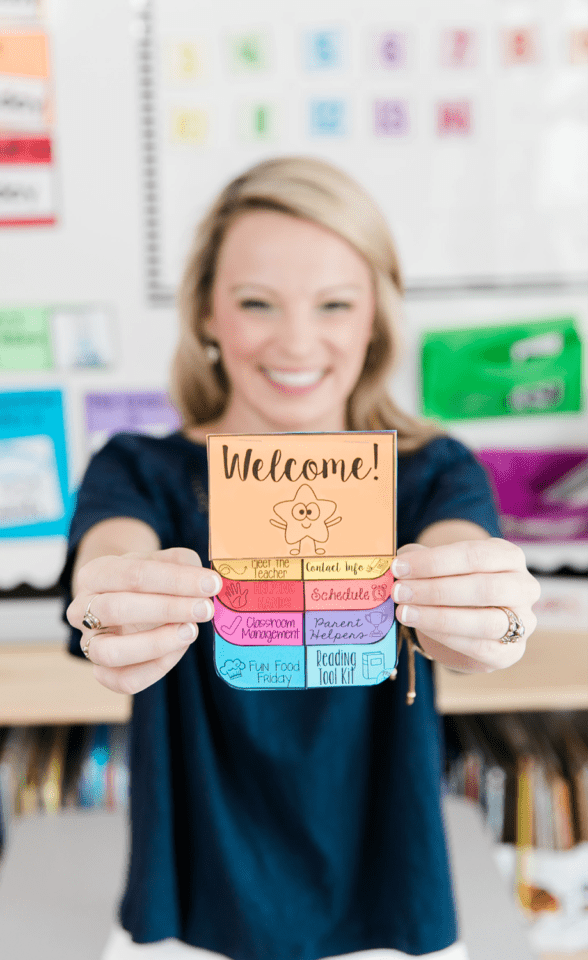
Image: Mrs. D’s corner
Mrs. D’s Corner
Mrs. D’s Corner is a teacher-created resource for special education. Her store offers downloadable (and laminatable) materials to use with autistic students based on their goals. Our favorites are the life and social skills activities and her bundles of errorless tasks.
Why Safe Spaces Are Critical in Today’s Classrooms
Kids can’t learn when they don’t feel safe. When their senses are heightened, a regular school classroom can overwhelm them in no time. Safe spaces serve every kind of student. For some, the space might give them a brief pause from a tough day. For others, it can be so much more. Learn more at the link.
How To Create and Use a Calm-Down Corner in Any Learning Environment
Calm-down corners are a popular tool in classrooms these days. Teachers recognize that kids, like adults, have a lot of feelings and emotions to process throughout the day. Sometimes it’s all too much, and the result can be bad behavior. A calm-down corner gives kids a place to recenter and refocus so they can rejoin the learning. Learn how to build and effectively use one in your classroom.
30 Must-Try Sensory Room Ideas for Schools
Have room for more than just a corner? Try a whole room! Many schools that have created a sensory room (or a sensory space) have noticed a dramatic decrease in behavior referrals. Find all the ideas you need in this article.
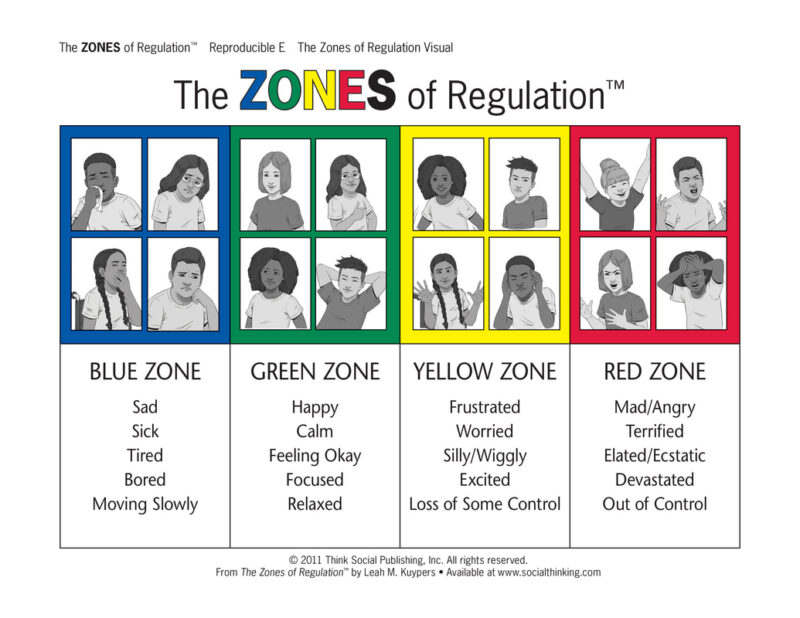
Image: Zones of Regulation
Zones of Regulation Activities To Help Kids Manage Their Emotions
Zones of Regulation, a curriculum developed by Leah Kuypers, an OT and autism resource specialist, helps kids understand and learn to manage their emotions. Rooted in cognitive behavioral therapy, it is a framework that uses four colors—blue, green, yellow, and red—to help students identify their feelings and levels of alertness. Learn more about the Zones of Regulation and find classroom activities to teach the concept.
How Teachers Can Support Twice Exceptional Students
Twice exceptional students, or 2e students, are learners who are identified as exceptionally bright but who also have disabilities (for example ADHD, mild autism, dyslexia, or other learning or behavioral challenges) that need specialized attention. The dichotomy of 2e students’ abilities makes it challenging for the average classroom teacher to provide an effective and appropriate education. Discover eight ways teachers can support twice exceptional students.
National Autism Resources
Looking for a place to buy some of the intriguing tools others use in their classrooms? This shopping site has everything from life-skills workbooks to fidget toys, weighted vests to pencil grips.
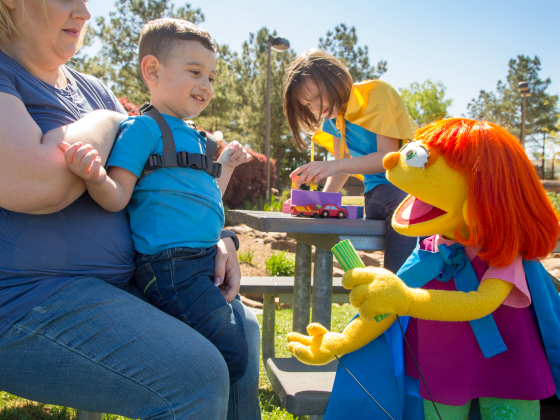
Image: Sesame Workshop
Teaching Flexible Thinking With Sesame Street
Autistic students rely on dependable routines and schedules and may get overwhelmed when things don’t go as planned. Sesame Workshop’s resources about teaching flexible thinking include games, videos, printables, a storybook, and an article all around flexibility. (Sesame Workshop also has resources on teaching autistic kids how to make friends.)
Color Communication Badges
Color communication badges are an accommodation that supports social interaction for autistic people, as well as other people who have communication needs. They are a way for people to communicate how much they’d like to engage in social interactions, and with whom. Especially as your autistic students learn to self-advocate, communication badges are a way for them to make social interaction accessible for them.
Neurodivergent Narwhals
Ed Wiley’s Autism Acceptance Lending Library Neurodivergent Narwhals has fun infographics to download and share. We particularly love Everyone Communicates and Awareness vs. Acceptance.
